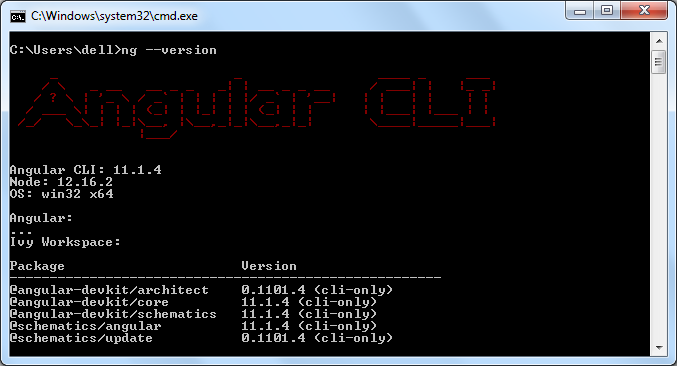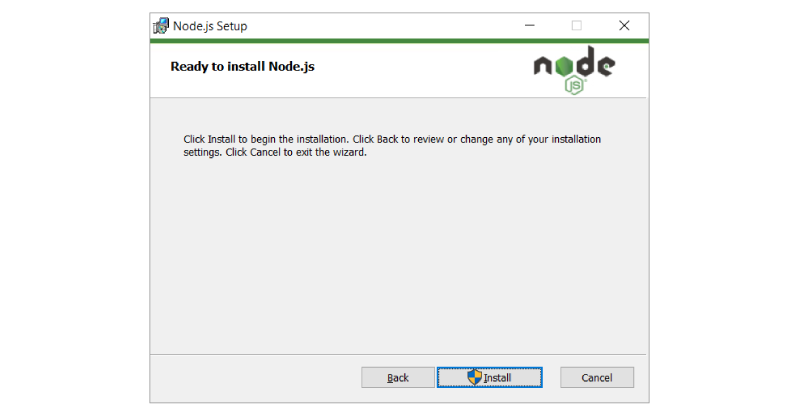

This tutorial helped you to install the Angular CLI utility on a Fedora Linux system. So it will be accessible to end users on default port. So you can access it from a private network or public network.įor the production applications, Use this tutorial to configure Apache as front-end proxy server for Angular application. With the use of host 0.0.0.0 listens on all interfaces. It also allows to change host and port for running Angular application using –host and –port command line arguments.You can access your angular application on localhost port 4200, Which is the default host and port used by the Angular application. Change to directory hello-angular and run your Angular application using the ng serve command. The default Angular application is ready to serve. This will create a directory named “hello-angular” in your current directory, and create the application. ng -versionĪdded 1011 packages from 1041 contributors and audited 19005 packages in 36.281s Once the installation is finished, Use the ng command to check the installed version. The Angular CLI provides a command ng used for command-line operations. It will be available to all users and applications on the system. Use of the -g option in the above command will install the Angular CLI globally. npm install -g 6 # Install Angular 6 npm install -g 7 # Install Angular 7 npm install -g 8 # Install Angular 8 npm install -g 9 # Install Angular 9 To install specific Angular version run command as following with version number.

npm install -g will install the latest available Angular CLI version on your system. Use the following commands to install the Angular CLI module using the npm on your system. Make sure you have successfully installed node.js and NPM on your system node -version npm -version Step 2 – Install Angular on FedoraĪfter finishing the Node.js installation on your system.

curl -sL | sudo -E bash - sudo yum install nodejs

Use the following set of commands to add node.js PPA in your Fedora system and install required packages. Step 1 – Installing Node.jsįirst of all, you need to install node.js on your Fedora system. Also, this will help you to create a sample Angular application. This tutorial will help you to install Angular on Fedora 35/34/33 Linux systems.


 0 kommentar(er)
0 kommentar(er)
